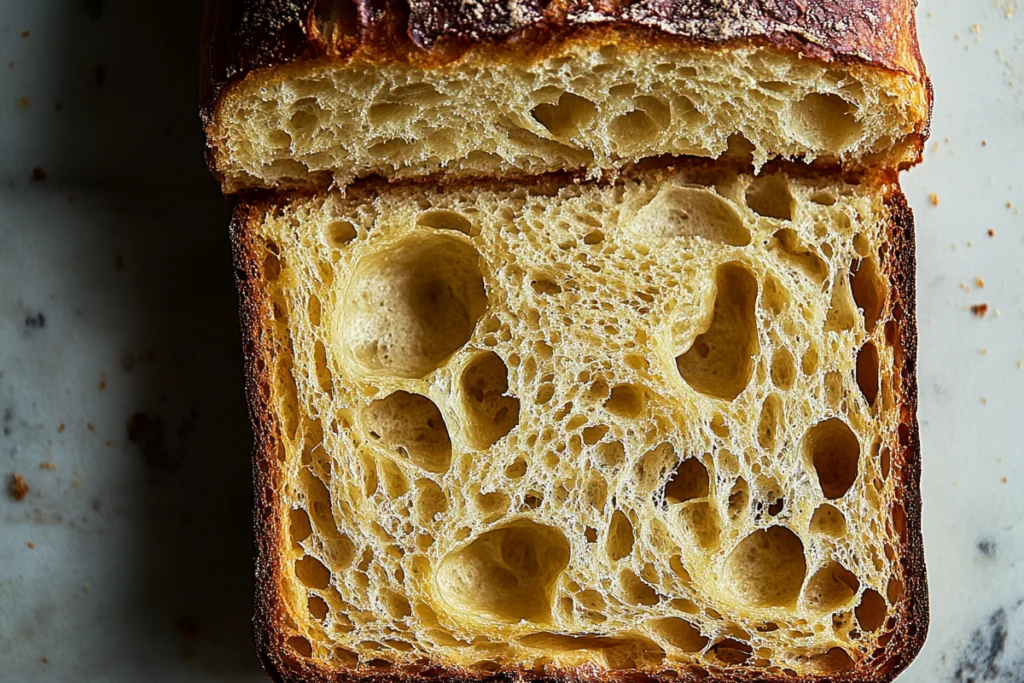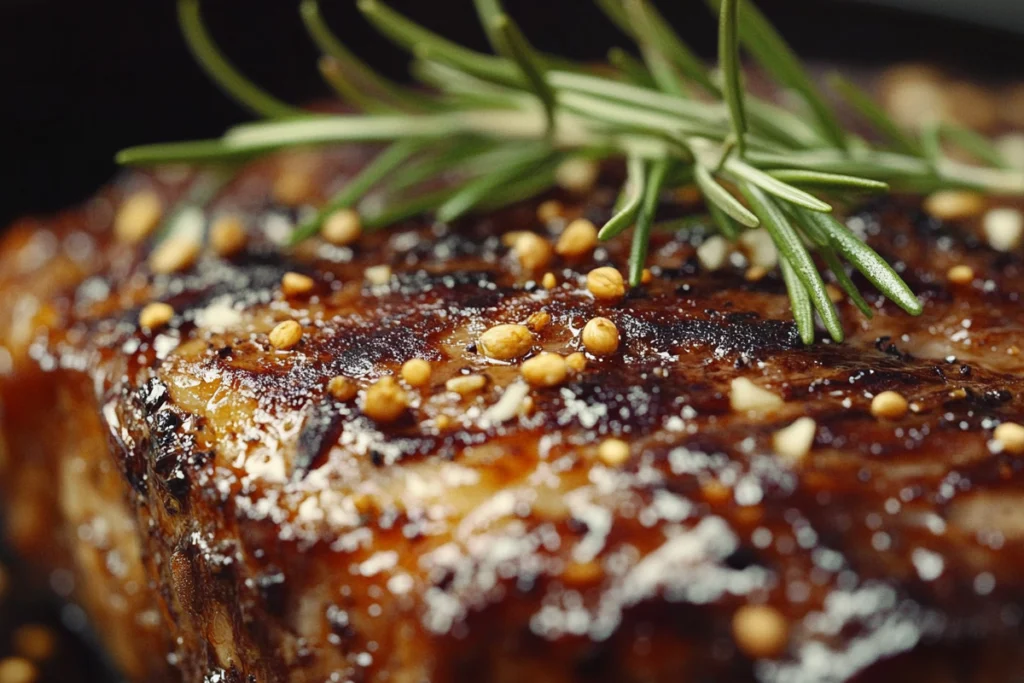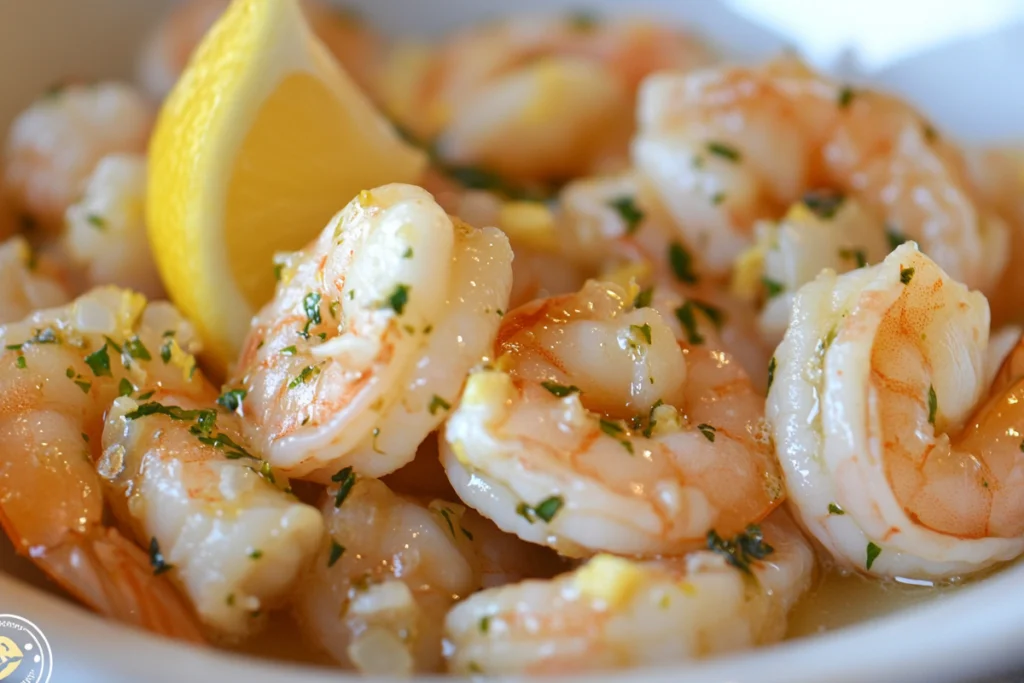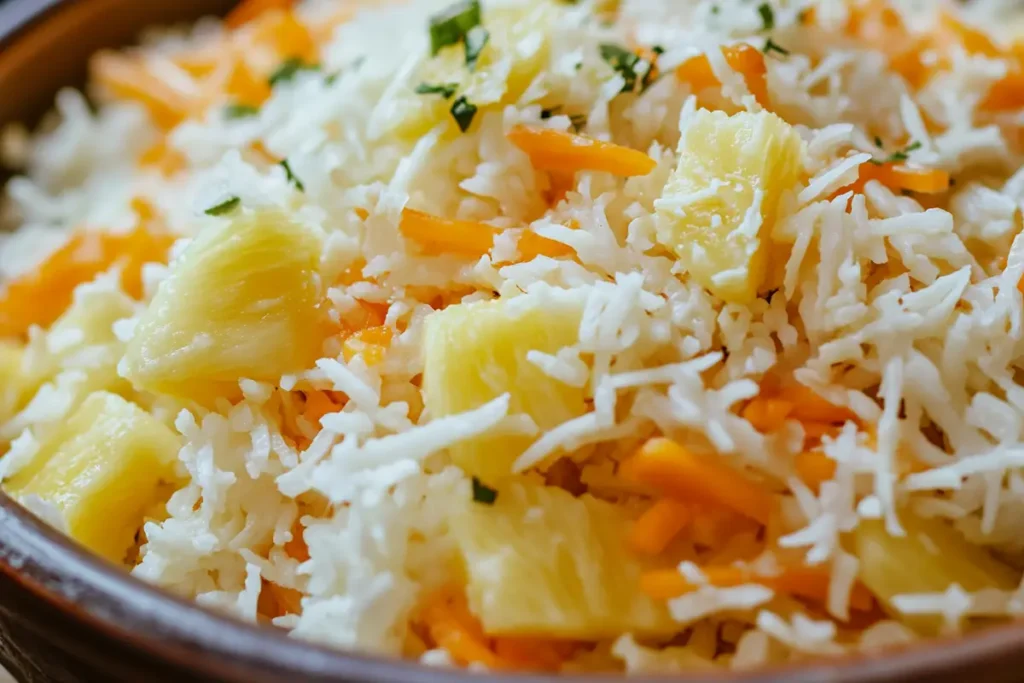Coleslaw is a popular side dish, beloved for its crunchy texture and ability to add a refreshing contrast to any meal. If you’re looking for a way to make coleslaw that’s healthy and still packed with flavor, this sweet and sour coleslaw without oil is the perfect choice. You may also want to try our delicious Philadelphia Cheesecake Recipe for a sweet finish to your meal. In this article, we’ll explore a simple, oil-free recipe that offers all the tangy, sweet, and satisfying notes without unnecessary fats, making it perfect for those seeking healthier alternatives.
Understanding Sweet and Sour Coleslaw
Sweet and sour coleslaw combines the crispness of shredded cabbage and carrots with the contrasting tang of vinegar and the sweetness of sugar or other sweeteners. Traditionally, coleslaw often contains oil, which can add unnecessary calories. By opting for an oil-free version, you get all the flavor without the added fats, making it an ideal side for anyone watching their calorie intake.
The key to this version lies in its simple, fresh ingredients, which ensure a perfect balance between sweet and sour tastes. For more insights into how different types of vinegar affect the flavor of your coleslaw, check out this guide on vinegar varieties.
Coleslaw is a dish that has evolved over time, with many different versions and variations emerging across the world. The sweet and sour coleslaw we’re focusing on here is particularly popular because of its delightful balance of flavors. Unlike creamy coleslaw, which uses mayonnaise as a base, this version relies on vinegar and sweeteners to bring out a more refreshing, tangy taste that pairs well with many dishes, such as our mouth-watering Beef Back Ribs Recipe for a complete and satisfying dinner. Whether you’re hosting a summer barbecue or preparing a light lunch, this coleslaw is versatile and easy to make.
Health Benefits of Oil-Free Coleslaw
Removing oil from your coleslaw isn’t just about reducing calories. It also offers a heart-health advantage by lowering cholesterol levels, making this dish suitable for anyone looking to improve cardiovascular health. Additionally, without the oil, this coleslaw fits well into vegan, gluten-free, and clean eating diets. For a deeper dive into the nutritional benefits of cabbage, take a look at this comprehensive article.
Cabbage, the primary ingredient in coleslaw, is loaded with vitamins C and K, both of which are essential for maintaining good health. Vitamin C boosts the immune system, while vitamin K plays a crucial role in bone health. Additionally, cabbage contains antioxidants that help protect the body from harmful free radicals. Carrots, another key ingredient, are rich in beta-carotene, which is important for eye health and immune function. By eliminating oil, you reduce unnecessary fats while retaining all the nutritional benefits of these fresh vegetables.
Key Ingredients for Oil-Free Sweet and Sour Coleslaw
To create the perfect sweet and sour coleslaw without oil, you’ll need a handful of simple ingredients. Each of these components plays a crucial role in ensuring the ideal blend of flavors.
- Cabbage: This forms the base of the coleslaw. You can use green cabbage, red cabbage, or a combination of both for added color and nutrients. Green cabbage is more commonly used and provides a milder flavor, while red cabbage adds a vibrant hue and a slightly peppery taste.
- Carrots: Shredded carrots add a natural sweetness and bright color that makes this dish visually appealing. Carrots also add a wonderful crunch that complements the texture of the cabbage.
- Vinegar: Choose apple cider vinegar or white vinegar for that tangy kick. Vinegar is key to balancing the sweetness and providing that signature tartness that makes this coleslaw stand out. Apple cider vinegar is slightly sweeter, while white vinegar gives a sharper tang.
- Sweeteners: You can use sugar, honey, or maple syrup depending on your dietary preference. Each option adds a different depth of sweetness. Honey and maple syrup bring a more natural sweetness, whereas sugar provides a classic, straightforward flavor.
- Seasonings: Don’t forget to add salt, pepper, mustard seed, or celery seed for extra flavor. These seasonings enhance the overall taste and give the coleslaw a slight spicy and earthy undertone, making it more complex and enjoyable.
Step-by-Step Recipe for Oil-Free Sweet and Sour Coleslaw
Preparation of Vegetables
- Shred the cabbage: Using a sharp knife or a food processor, shred the cabbage into thin slices. For tips on efficient shredding, visit this useful guide. The key is to ensure uniform slices, which helps in even mixing and consistent texture throughout the dish.
- Grate the carrots: You can use a box grater or food processor to grate the carrots. Ensure the pieces are evenly sized for the best texture. This helps in balancing the flavors and ensuring that each bite has a mix of all the ingredients.
Making the Dressing
- In a bowl, mix apple cider vinegar (or your vinegar of choice) with your sweetener. Start with two tablespoons of sweetener and adjust to taste. The goal is to find the perfect balance between sweet and sour, which may require tweaking the amount of sweetener based on your preferences.
- Add mustard seed, celery seed, salt, and pepper. Whisk until everything is well combined and the sugar (if using) is fully dissolved. The dressing should have a smooth consistency, with all the flavors well integrated.
Assembling the Coleslaw
- In a large mixing bowl, combine the shredded cabbage and grated carrots. Make sure the vegetables are well mixed before adding the dressing.
- Pour the dressing over the vegetables and toss until everything is evenly coated. Use tongs or a large spoon to ensure that the dressing is evenly distributed, coating all the cabbage and carrots.
- Let the coleslaw marinate in the refrigerator for at least 30 minutes to allow the flavors to meld together. Marination is crucial as it softens the cabbage slightly and lets the vinegar and sweetener penetrate, enhancing the overall taste.
Variations and Enhancements
You can easily adapt this recipe to suit your taste or dietary needs:
- Add Fruit: Add shredded apples or pineapples for a burst of sweetness. The natural sugars in these fruits add another layer of flavor and complement the tanginess of the vinegar. Pineapples, in particular, give a tropical twist that works well with barbecue dishes.
- Herbs: Fresh herbs like cilantro or parsley can add a burst of freshness. Cilantro provides a slightly citrusy note, while parsley adds a subtle earthiness that pairs well with the sweet and sour elements.
- Adjust Sweetness/Acidity: Play with the amounts of sweetener or vinegar until you find your perfect balance. If you prefer a more tangy coleslaw, add a bit more vinegar. For those who enjoy a sweeter version, increase the sweetener gradually until it suits your taste.
- Add Crunch: Consider adding sunflower seeds or sliced almonds for added crunch and protein. These additions not only make the coleslaw more filling but also introduce new textures that make each bite more interesting.
Serving Suggestions and Pairings
This sweet and sour coleslaw is perfect as a side dish to barbecued meats, grilled vegetables, or as a topping for tacos and sandwiches. It adds a crunchy texture and a burst of flavor that complements rich and smoky main courses. You can also use it to add a healthy component to wraps or burgers.
For a summer picnic or potluck, this coleslaw pairs wonderfully with grilled chicken, pulled pork, or veggie skewers. The acidity of the coleslaw helps cut through the richness of grilled or smoked meats, making it a refreshing counterpart. It also works well as a topping for fish tacos, adding a crisp and zesty element that elevates the dish.
Common Mistakes to Avoid
- Overdressing: Adding too much dressing can make the coleslaw soggy. Add dressing gradually to achieve the right consistency. It’s easier to add more dressing later than to remove excess.
- Not Letting It Marinate: Allowing the coleslaw to marinate is key to achieving a cohesive flavor. The marination time lets the cabbage absorb the dressing, which results in a more flavorful dish.
- Unbalanced Flavors: Be careful with the ratio of sweet to sour. Adjust to your liking but avoid extremes. Too much vinegar can make the coleslaw overly sharp, while too much sweetener can make it cloying.
- Using the Wrong Type of Vinegar: Different vinegars have distinct flavors. Make sure to choose one that complements the other ingredients. Apple cider vinegar is a great choice for its mellow sweetness, while white vinegar gives a sharper tang.
Frequently Asked Questions
Can I make sweet and sour coleslaw ahead of time?
Yes! Sweet and sour coleslaw can be made up to a day in advance. In fact, allowing it to sit for a few hours or overnight helps the flavors develop, making it even tastier. Just be sure to store it in an airtight container to maintain freshness.
How long does oil-free coleslaw last in the refrigerator?
Oil-free coleslaw will stay fresh for up to 3-4 days when stored in an airtight container in the refrigerator. Make sure to give it a good toss before serving, as the dressing may settle at the bottom.
Can I use alternative sweeteners in the dressing?
Absolutely! You can replace sugar with stevia, agave, or other natural sweeteners. Just keep in mind that the flavor and sweetness level may vary. Stevia, for instance, is much sweeter than sugar, so you will need to use less.
Is oil-free coleslaw suitable for vegan diets?
Yes, this oil-free coleslaw is entirely vegan as long as you use plant-based sweeteners like sugar or maple syrup. Honey is not considered vegan, so opt for other sweeteners if you’re following a strict vegan diet.
How can I add protein to my coleslaw?
You can add protein by incorporating nuts, seeds, or even legumes like chickpeas. Sunflower seeds or sliced almonds are great options that add both protein and a bit of crunch. For a more substantial boost, consider adding cooked quinoa or edamame, which also add interesting textures.
Conclusion
Making sweet and sour coleslaw without oil is a great way to enjoy this classic dish while maintaining a healthier lifestyle. With a few simple ingredients, you can create a side dish that’s not only delicious but also versatile and nutritious. Experiment with flavors and ingredients to make it your own, and enjoy the crisp, refreshing taste of this oil-free delight!
This coleslaw is a testament to the idea that healthy food can be both flavorful and satisfying. By focusing on fresh ingredients and eliminating unnecessary fats, you create a dish that is light yet full of flavor. Whether you’re pairing it with grilled meats, adding it to a sandwich, or simply enjoying it on its own, this sweet and sour coleslaw is sure to become a staple in your meal rotation.
Feel free to share your experiences or favorite tweaks to this recipe in the comments. Happy coleslaw-making!









